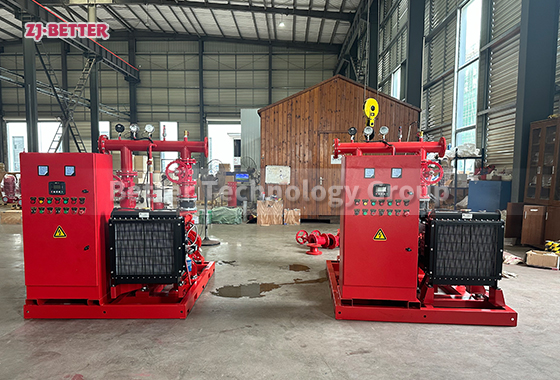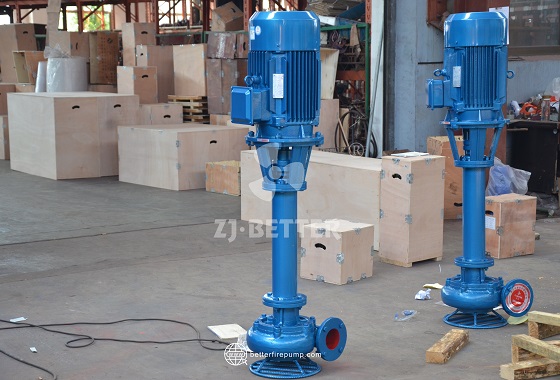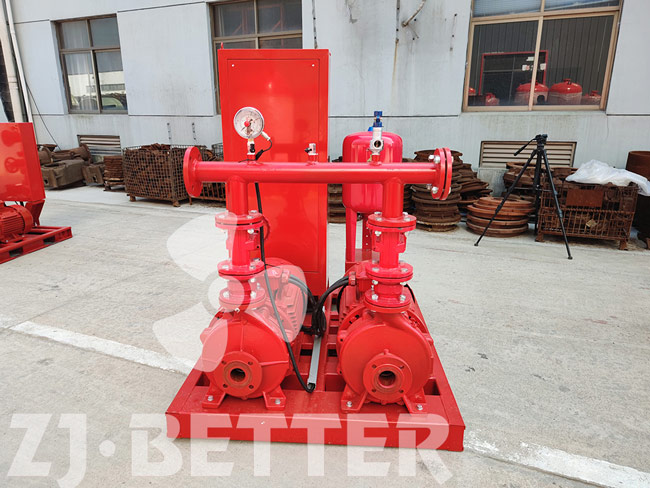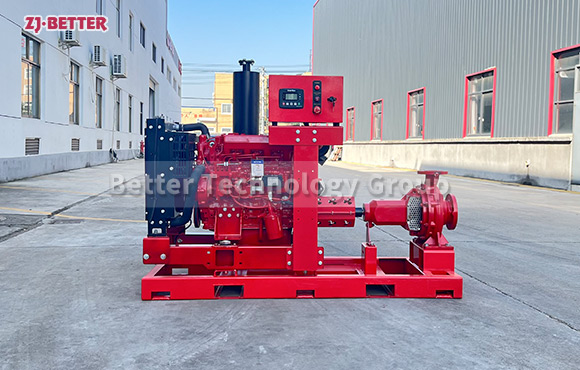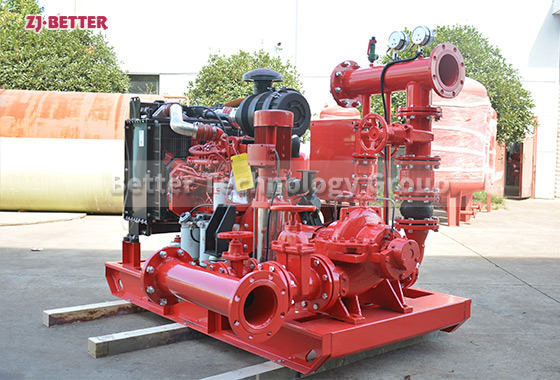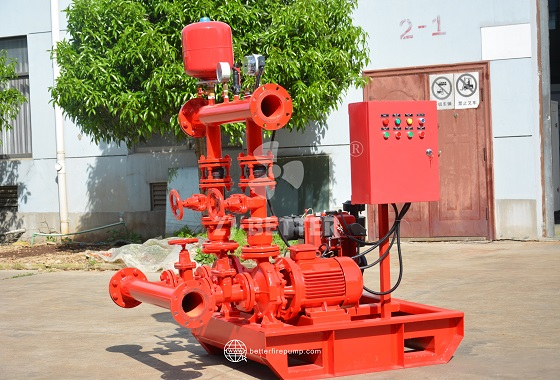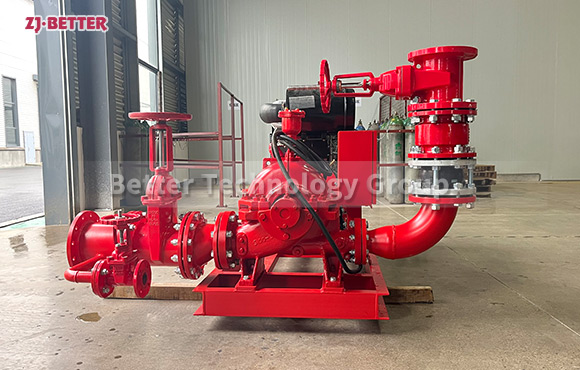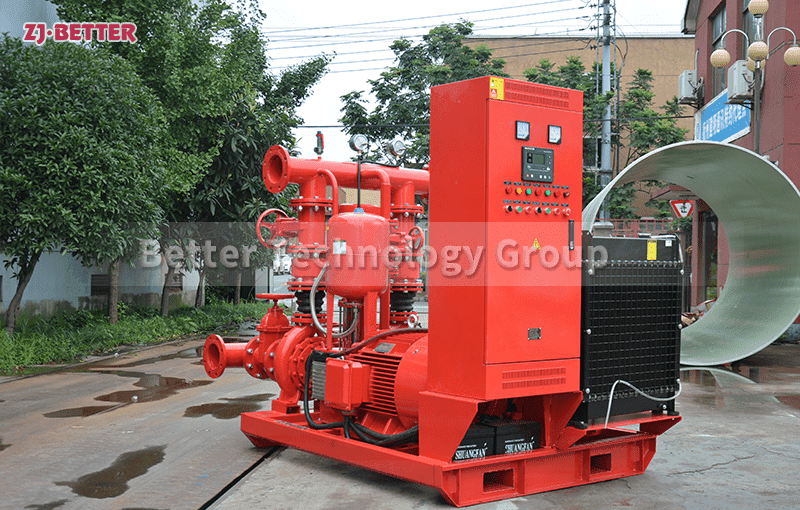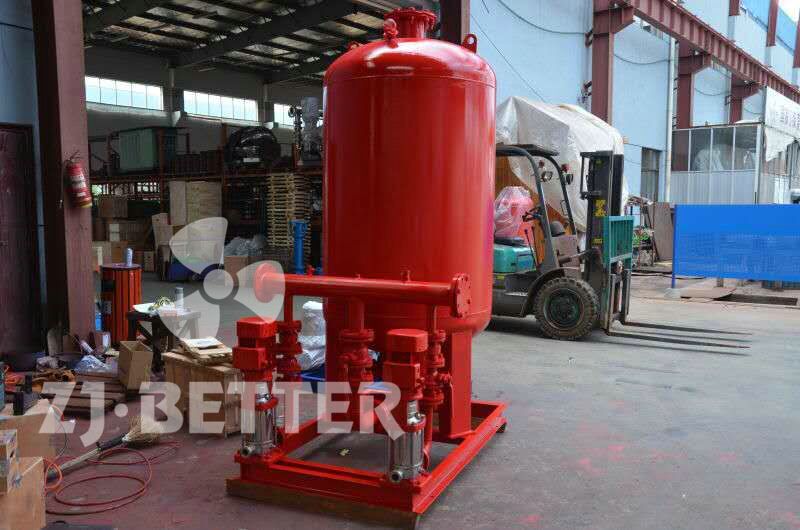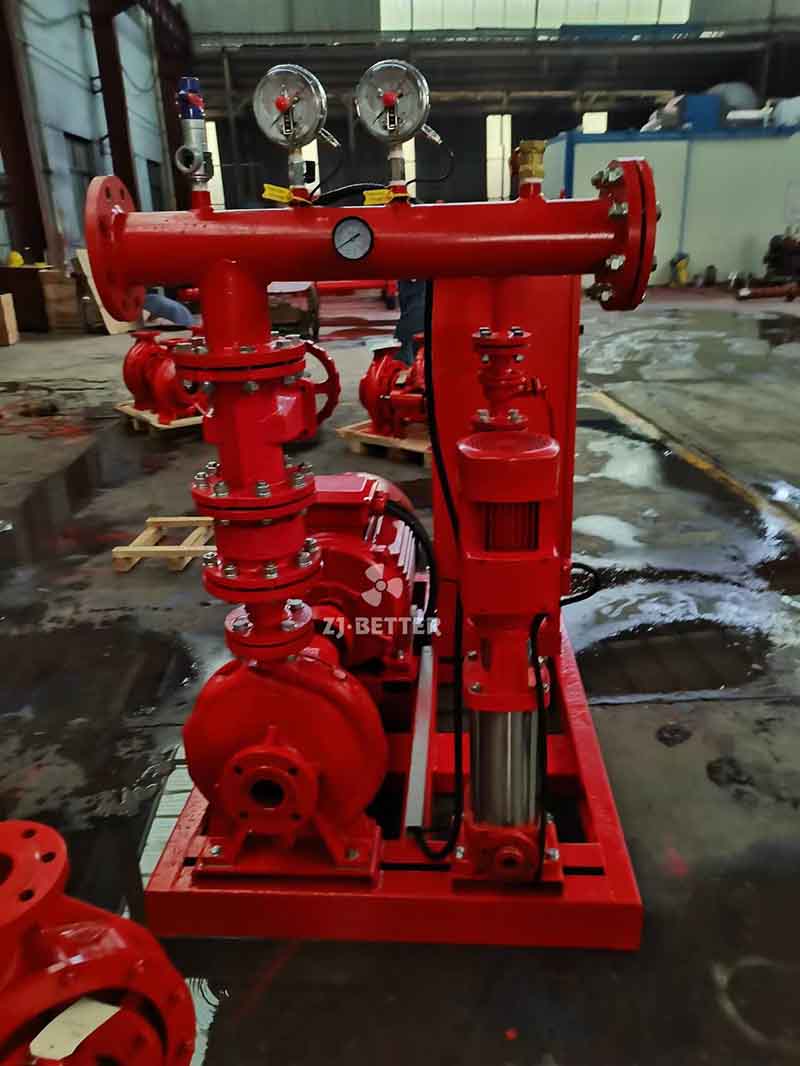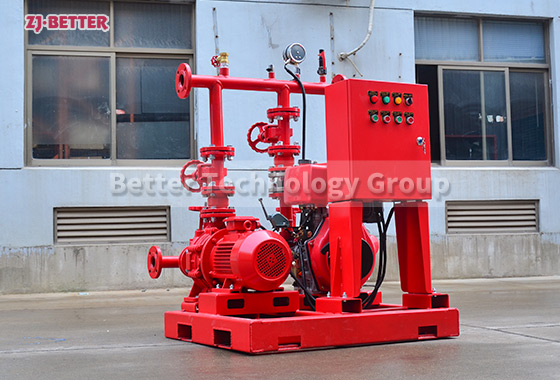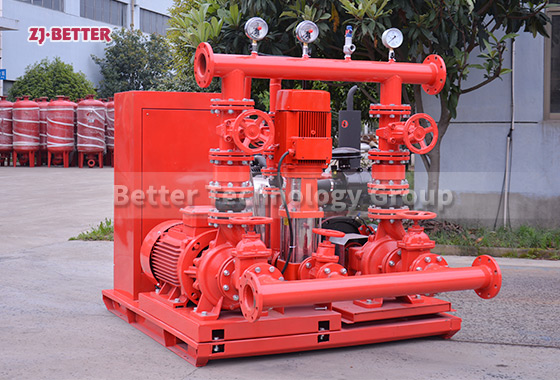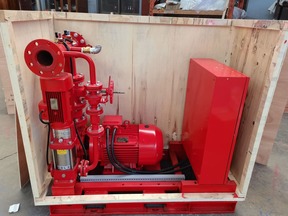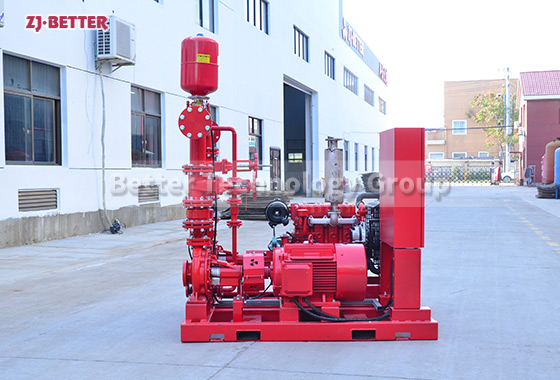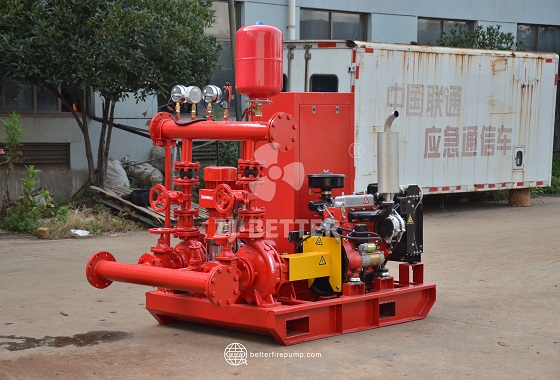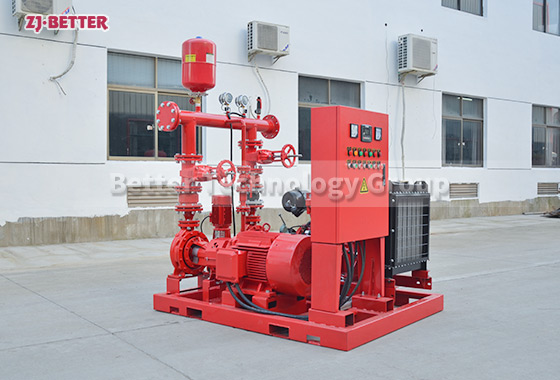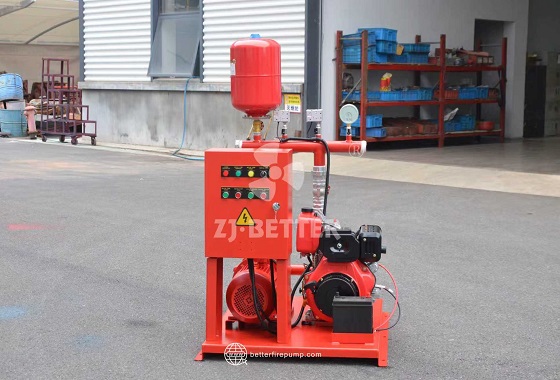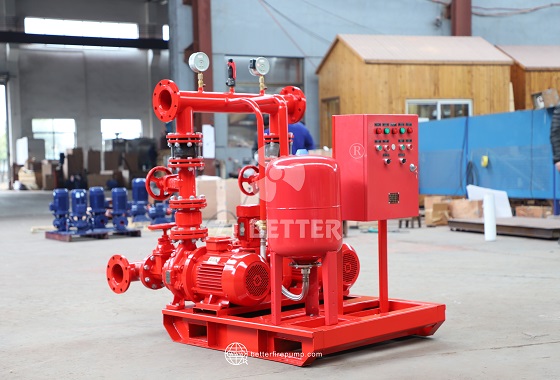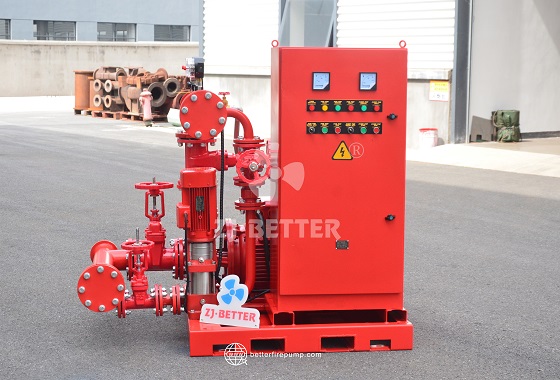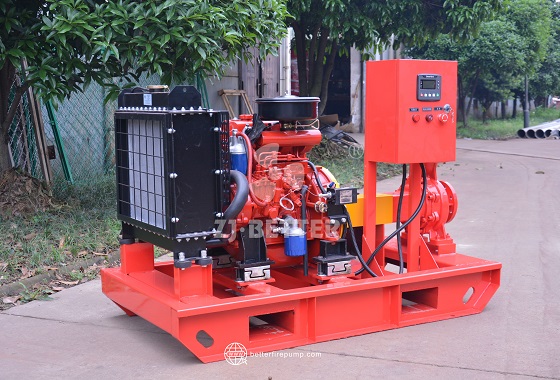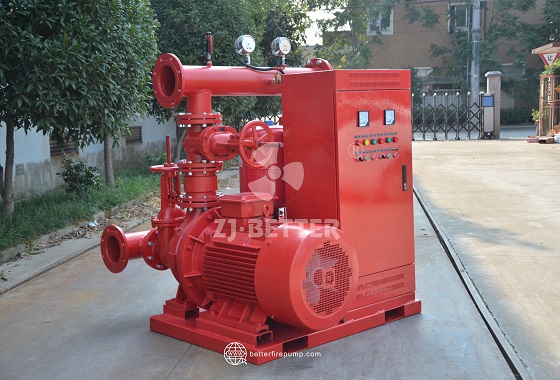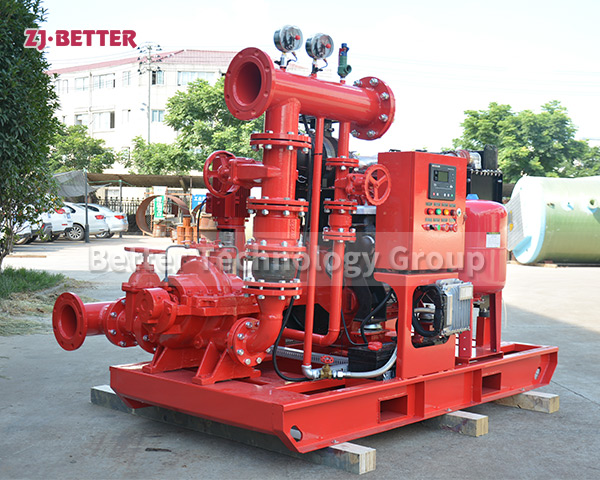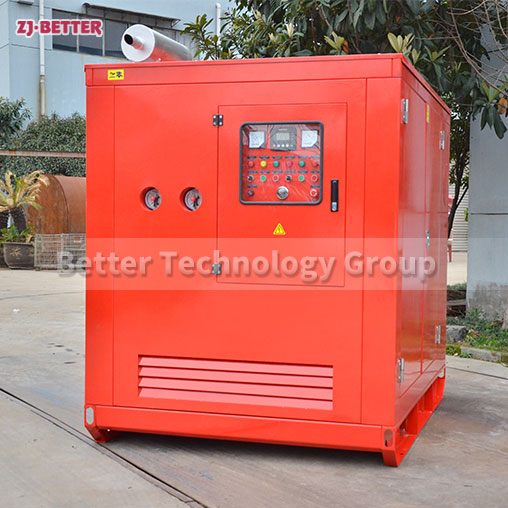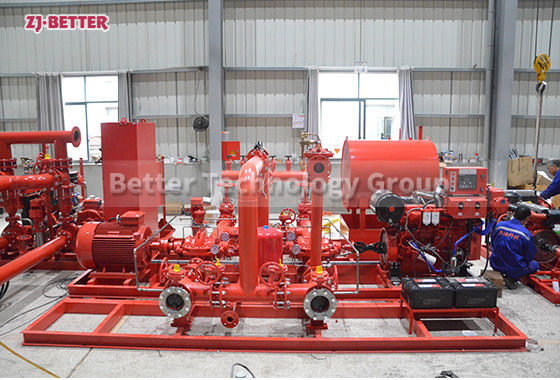What role do jockey pumps play in maintaining system pressure in systems with fire hydrants?
In fire protection systems that include fire hydrants, jockey pumps play a key role in maintaining the necessary system pressure to ensure hydrants are immediately ready for use. Fire hydrants are typically located throughout a property or a city to provide easy access to water for firefighting efforts. The jockey pump helps maintain a consistent pressure in the piping network that supplies these hydrants, ensuring they are always charged and ready to deliver water when a firefighter opens them. This is especially important in systems with extensive piping networks, where pressure fluctuations could occur due to minor leaks, thermal expansion, or water usage. By keeping the system pressurized, jockey pumps help ensure a rapid response during a fire emergency, providing critical support to firefighting operations.
In fire protection systems that include fire hydrants, jockey pumps play a key role in maintaining the necessary system pressure to ensure hydrants are immediately ready for use. Fire hydrants are typically located throughout a property or a city to provide easy access to water for firefighting efforts. The jockey pump helps maintain a consistent pressure in the piping network that supplies these hydrants, ensuring they are always charged and ready to deliver water when a firefighter opens them. This is especially important in systems with extensive piping networks, where pressure fluctuations could occur due to minor leaks, thermal expansion, or water usage. By keeping the system pressurized, jockey pumps help ensure a rapid response during a fire emergency, providing critical support to firefighting operations.

